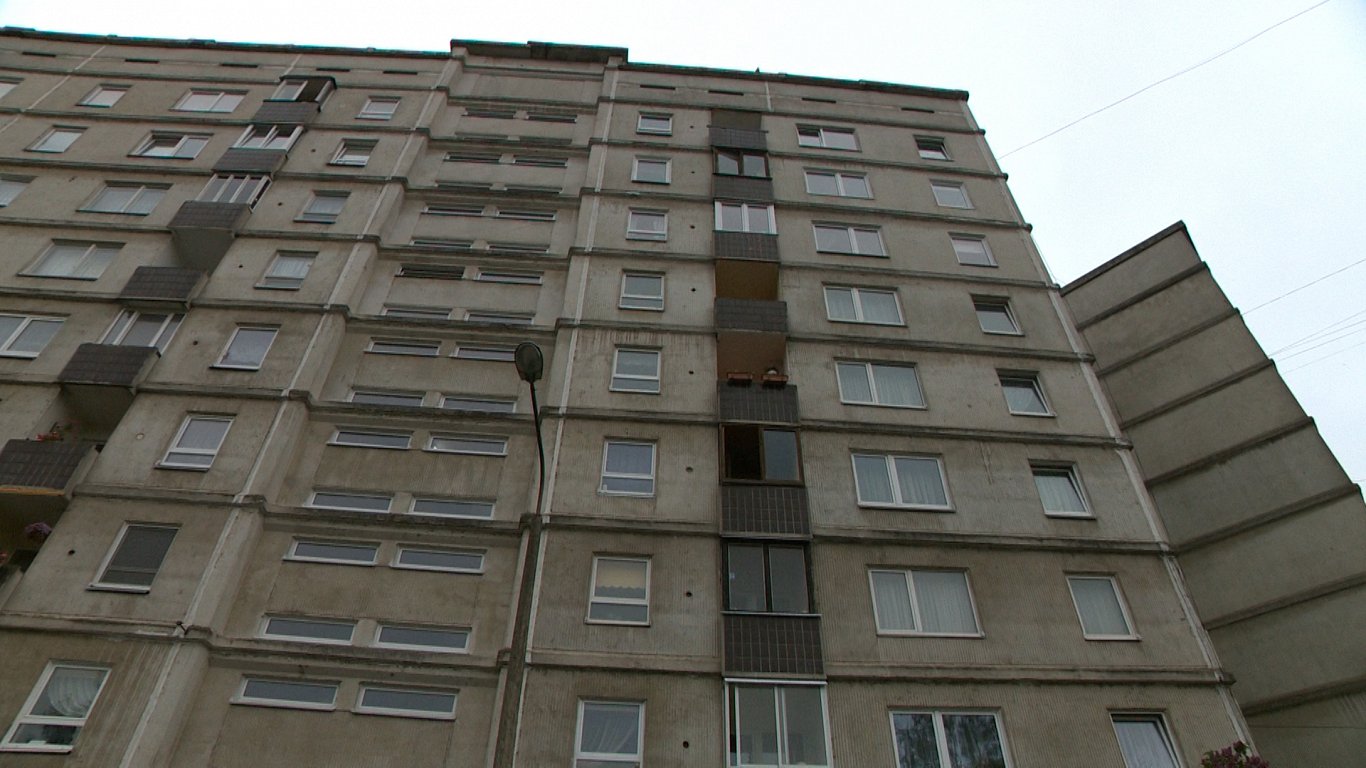Latvia needs to take decisions about investments of funds from the European Union's recovery fund, which aims to restart the European economy following the crisis caused by the Covid-19 pandemic. Experts call for this money not to be wasted in a lot of detail, but to invest in matters which require structural changes and which can significantly change people's lives for the better. In Latvia, one of the matters mentioned by many economic experts is the reconstruction of buildings and energy efficiency.
Latvia, with its huge proportion of residential buildings built in Soviet times, is a ticking time bomb. Buildings are increasingly ageing, but their reconstruction is slow and insufficient. If nothing changes, it is only a matter of time when more and more neighborhoods will become slums in many cities of Latvia, and it will be very difficult for many residents to find quality housing.
Unfortunately, the first variant of the EU fund investment plan shows that only a hair of the money could go to the energy efficiency and reconstruction of multi-apartment buildings.
In the meantime, Soviet-era multi-apartment buildings continue to grow older, but their residents are often less inclined to reconstruct without serious support.
Currently, 70% of the buildings in Latvia are built between 1946 and 1990. Large cities have entire neighborhoods with Soviet time-type structures that have occurred in different periods. Unlike pre-Soviet buildings, their quality is not the best. In addition, most of these houses have not undergone serious reconstruction work for decades.
In theory, the stated average lifetime of Soviet-era serial residential houses is between 60 and 70 years, and this time has come for the so-called Khrushchyovkas built in 1960s.
This does not mean that these houses are about to collapse, because much depends on the state of each particular building and the maintenance of the building. If it's done properly, the house will still stand for a long time.
However, the situation is not too great, according to data compiled by Eurostat. Latvia is in the top 10 in almost every issue of housing problems. Latvia ranks fifth in the EU in an index such as a leaking roof, with more than 19% of Latvian households facing such a problem in 2019. Even more roofs leak only in Cyprus, Portugal, Hungary and Slovenia.
8% of Latvians have issues keeping their homes warm, ranking eighth in Europe. However, most countries ahead of Latvia are from southern Europe with different heating habits. Within the climate range, only Lithuanians have more issues with heating.
Another criterion for quality housing is overcrowding. In total, 17.2% of the EU population lived in overcrowded housing in 2019. However, in Latvia this share is exceeded more than twice and in 2019 it was 42.2%, coming second after Romania.
Since the old Soviet houses have nearly lived their lives, it would be logical to build new housing instead. However, Latvia's situation is not particularly bright in this respect. The main problems are that, due to the costs of new buildings, a very large part of Latvia's population cannot afford housing without additional support. Accordingly, the construction volumes of new multi-apartment buildings are relatively small and basically targeted at that part of society which is considered to be of good income.
Data compiled by Eurostat also show that the volume of investments in housing construction in Latvia is well below the EU average. In 2019, an average of 5.3% of gross domestic product (GDP) was invested in housing construction in the EU. In Latvia, this level has been 2.4% of GDP. In this respect, we are lagging behind not only prosperous EU countries such as Finland or Germany, but also our neighbors. In Lithuania, investment in housing construction amounted to 2.9% in 2019 and 4.9% of GDP in Estonia.
In the meantime, the majority of urban residents in Latvia continue to live in concrete-panel houses of different Soviet periods, with rather vague perspectives on how to reconstruct them to serve many more decades.




























